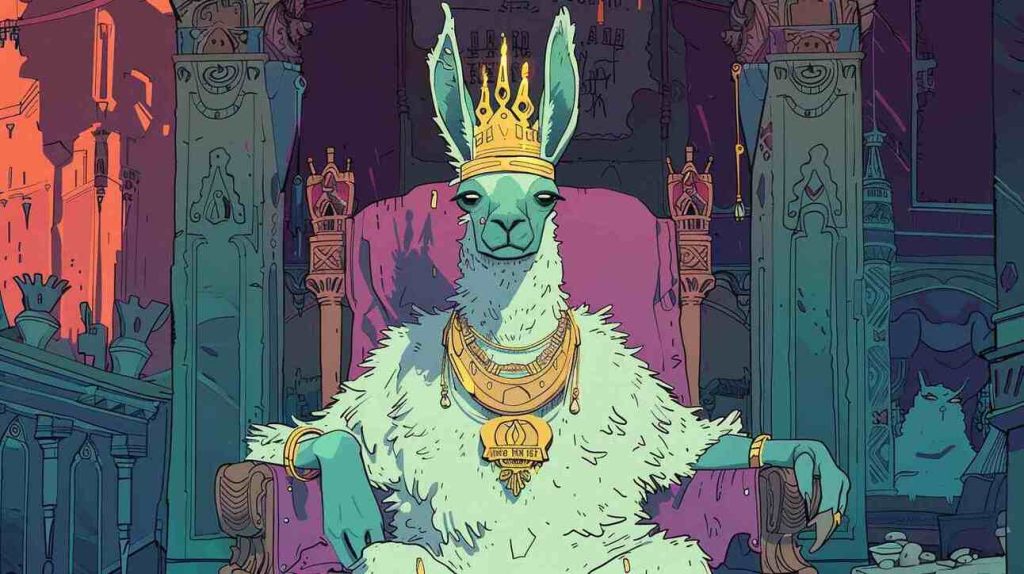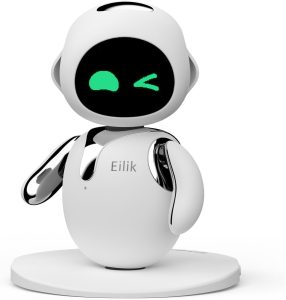Meta’s Llama 3.1 Takes Center Stage in Open Source AI

Meta has just unveiled its cutting-edge AI model, Llama 3.1. With a staggering 405 billion parameters, it’s a massive leap from its predecessor and outshines other giants like GPT-4o and Claude 3.5. This marks the first time an open-source model is considered a ‘frontier model’, setting new standards in AI performance.
However, the updates aren’t just about the numbers. Meta’s latest model is not only more powerful but also aims to be more efficient and customizable for developers. Meanwhile, the tech giant’s vision includes fostering an ecosystem where major players like Nvidia and Amazon can collaborate. Therefore, this model seeks to empower businesses and individuals alike to tailor AI solutions to their specific needs, promising a future where millions of personalized AI models could become the norm.
Meta’s Llama 3.1: A Game Changer
Meta has taken the AI world by storm with its latest model, Llama 3.1. Boasting a whopping 405 billion parameters, it surpasses the 70 billion parameters of its predecessor. This leap has positioned Llama 3.1 as a formidable competitor, even outperforming GPT-4o and Claude 3.5 in several benchmarks. This marks the first time an open-source model is being hailed as a ‘frontier model’, signifying cutting-edge AI performance.
The updates aren’t just about raw power. Meta’s enhanced model aims to bring efficiency to developers. The 8b and 70b variants are also getting a performance boost. Llama 3.1’s open-source nature allows developers to view and optimize its source code, potentially making their versions superior to the base model. Independent developers find this particularly thrilling as they don’t have to wait to access the latest improvements—it’s already available for use.
Meta’s strategy is clear: instead of creating a singular dominant AI, it aims to empower businesses and individuals to customize models to fit their unique needs. This approach could lead to millions of tailored LLMs, each designed for specific applications. With collaborative ecosystems involving major companies like Nvidia and Amazon, Meta aims to push innovation boundaries further.
A Shift in AI Paradigms
Companies like OpenAI, Anthropic, and Alphabet are focused on developing a one-size-fits-all large language model (LLM). Meta, however, sees things differently. It’s betting on the demand for customizable models by businesses and individuals. This vision suggests a future where countless LLMs are crafted to meet specific requirements.
Meta’s open-source model is a game-changer. Developers can not only access but also modify the source code. These adjustments can lead to versions that outperform the original, emphasizing the strength of collaboration and customization. For independent developers, the accessibility of the latest versions without any delays is a massive advantage.
Meta’s Ecosystem: Collaboration at Its Best
Meta isn’t just stopping at releasing a powerful AI model. It is also fostering a collaborative ecosystem. Big players like Nvidia and Amazon are part of this ambitious vision.
Zuckerberg has big predictions for Llama’s adoption. He believes that the performance boost and new features like the ‘Imagine Me’ selfie tool will drive more users to Llama by the end of the year, potentially surpassing OpenAI’s user base. The recent drop in visits to ChatGPT’s webpage indicates a shift in user preferences.
Time will tell whether Zuckerberg’s predictions hold true, especially with the anticipated release of GPT-5. However, Meta’s commitment to collaboration and customization presents a strong case for its model’s success.
AI-Generated Video Captions: A Step-by-Step Guide
Creating video captions using AI is becoming more accessible. With tools like Captions AI, the process is streamlined.
First, log in to your Captions AI account. Then, upload your video and open the editor by double-clicking on it. Choose a template from the list and customize the font and color as per your preference.
The tool will auto-generate captions. Review and add any missing words. Adjust the caption’s position on the screen, and once satisfied, export the video. Note that exporting requires a Pro account.
Adobe’s AI Innovations for Creatives
Adobe is integrating new AI features into its software like Photoshop and Illustrator. These tools are designed to complement, not replace, the creative process. A new feature allows users to create a shape and fill it with AI-generated textures using text prompts. Text to Pattern generates unique wallpaper designs.
Firefly Image 3, Adobe’s latest text-to-image model, is now part of Photoshop. Unlike other companies scraping the web for data, Adobe trains its models using content from the public domain or its licensed library. This approach alleviates concerns by artists about their work being used without permission.
Creatives are finding a balance with AI. While AI offers special effects and tweaks, designers say they still need to maintain control to ensure precision and creativity. Many are drafting designs independently and using AI for enhancements, ensuring that the human touch remains significant in the creative process.
AI-Powered Productivity Tools
Several new AI tools are enhancing productivity across various tasks. For instance, Jelled AI provides insights and drafts informed emails automatically. Fotor enhances images by increasing size, reducing blurriness, and removing backgrounds with AI. Speax offers perfect dubbing for videos in over 29 languages.
Dataku is a tool that extracts valuable insights from documents and texts, making information retrieval effortless. Another exciting tool, Lindo AI, helps build websites by simply describing the business, offering everything from landing pages to lead generation. These tools represent a significant leap in automating routine tasks, allowing users to focus on more critical aspects of their work.
In conclusion, Meta’s Llama 3.1 is undeniably making waves in the AI landscape. With its vast 405 billion parameters and open-source nature, it promises a new era of AI innovation. From customizable models to collaborative ecosystems, the possibilities are endless. Meta’s vision of numerous tailored LLMs might just reshape how businesses and individuals interact with AI.
As we look ahead, the future of AI is bright. The shift towards open-source and collaborative efforts is paving the way for groundbreaking advancements. Whether it’s through enhancing productivity tools or revolutionizing creative processes, AI’s potential is boundless. Meta’s commitment to this vision only strengthens the belief that customization and collaboration are key drivers for the future of AI.





